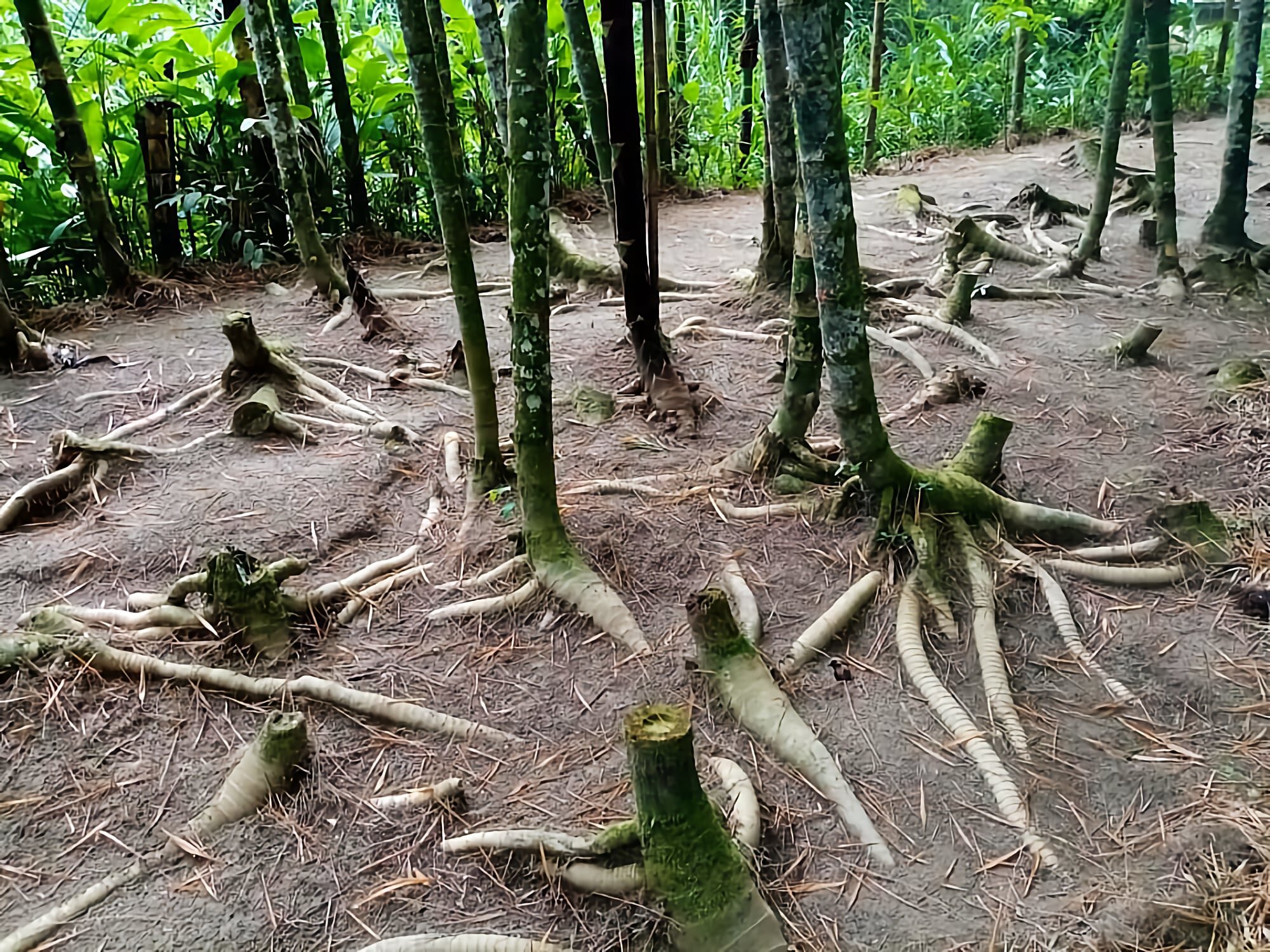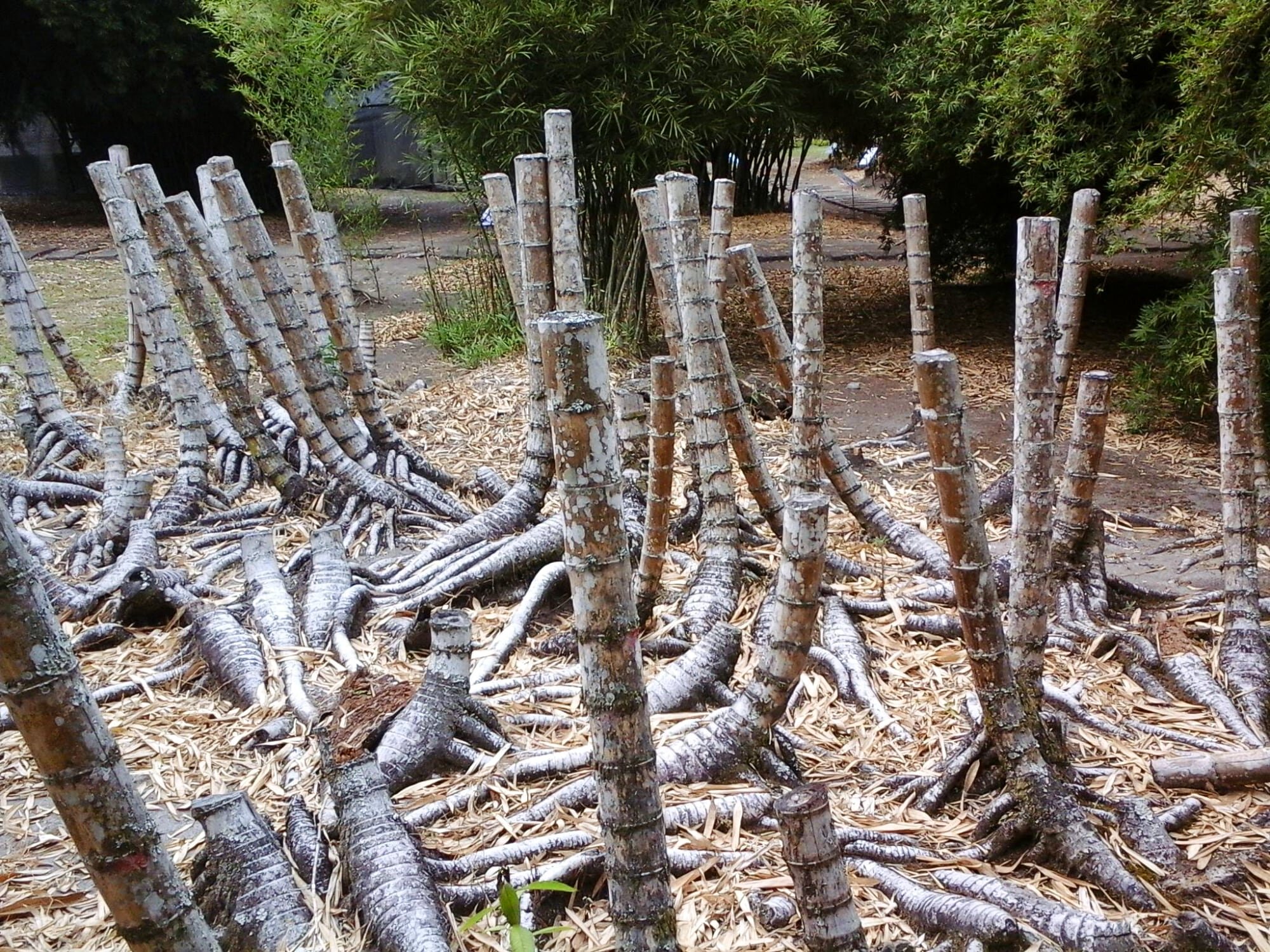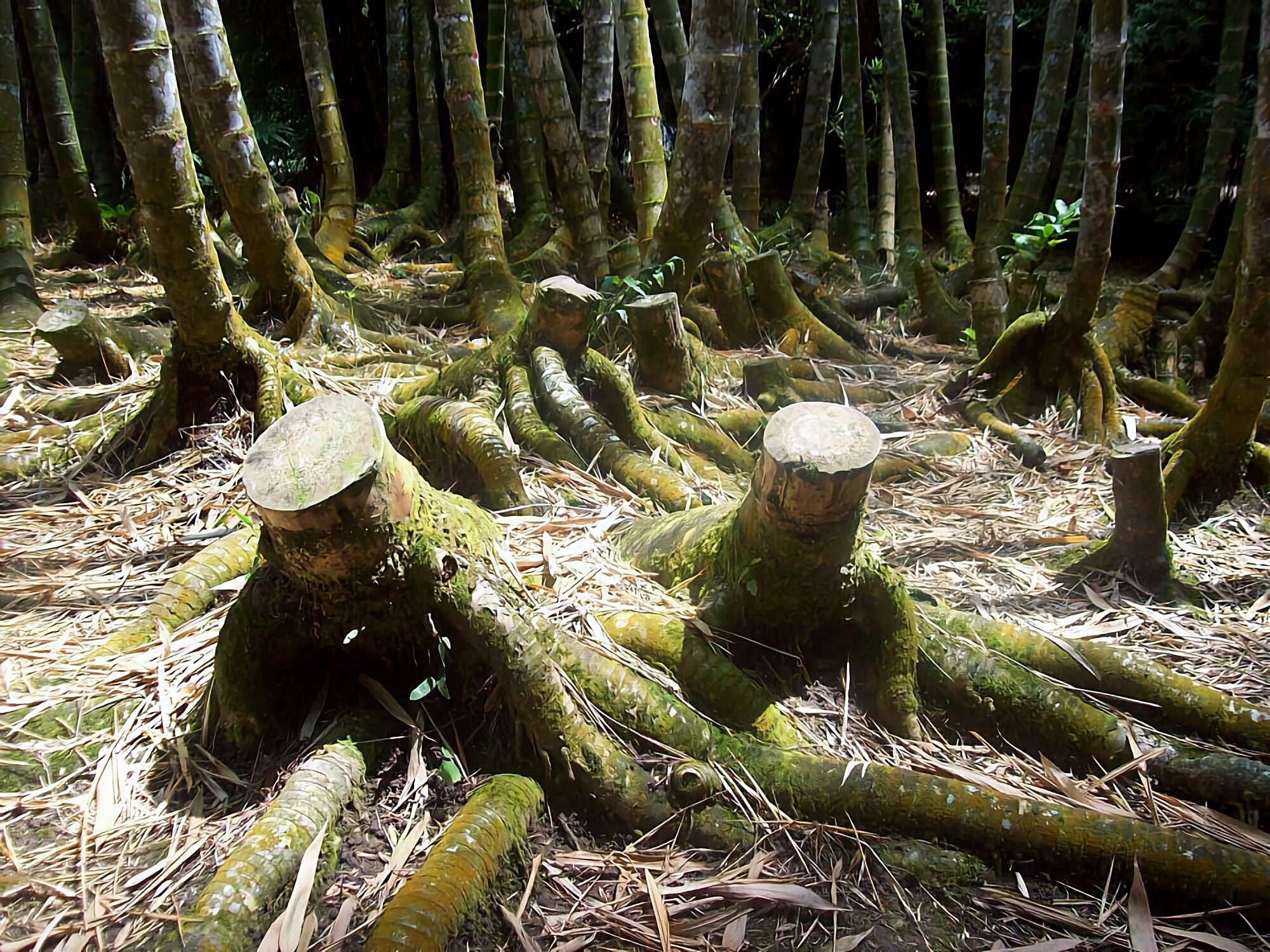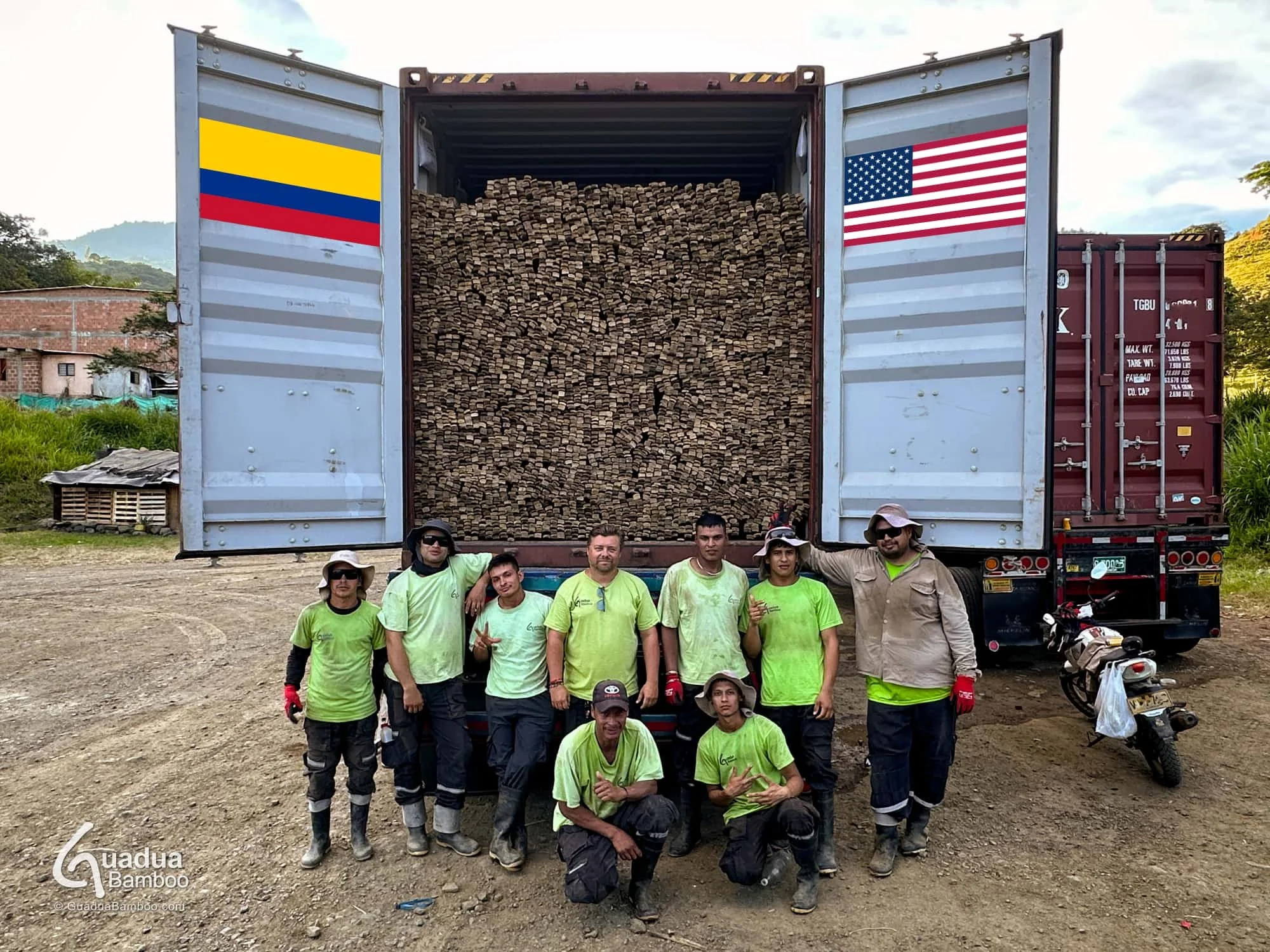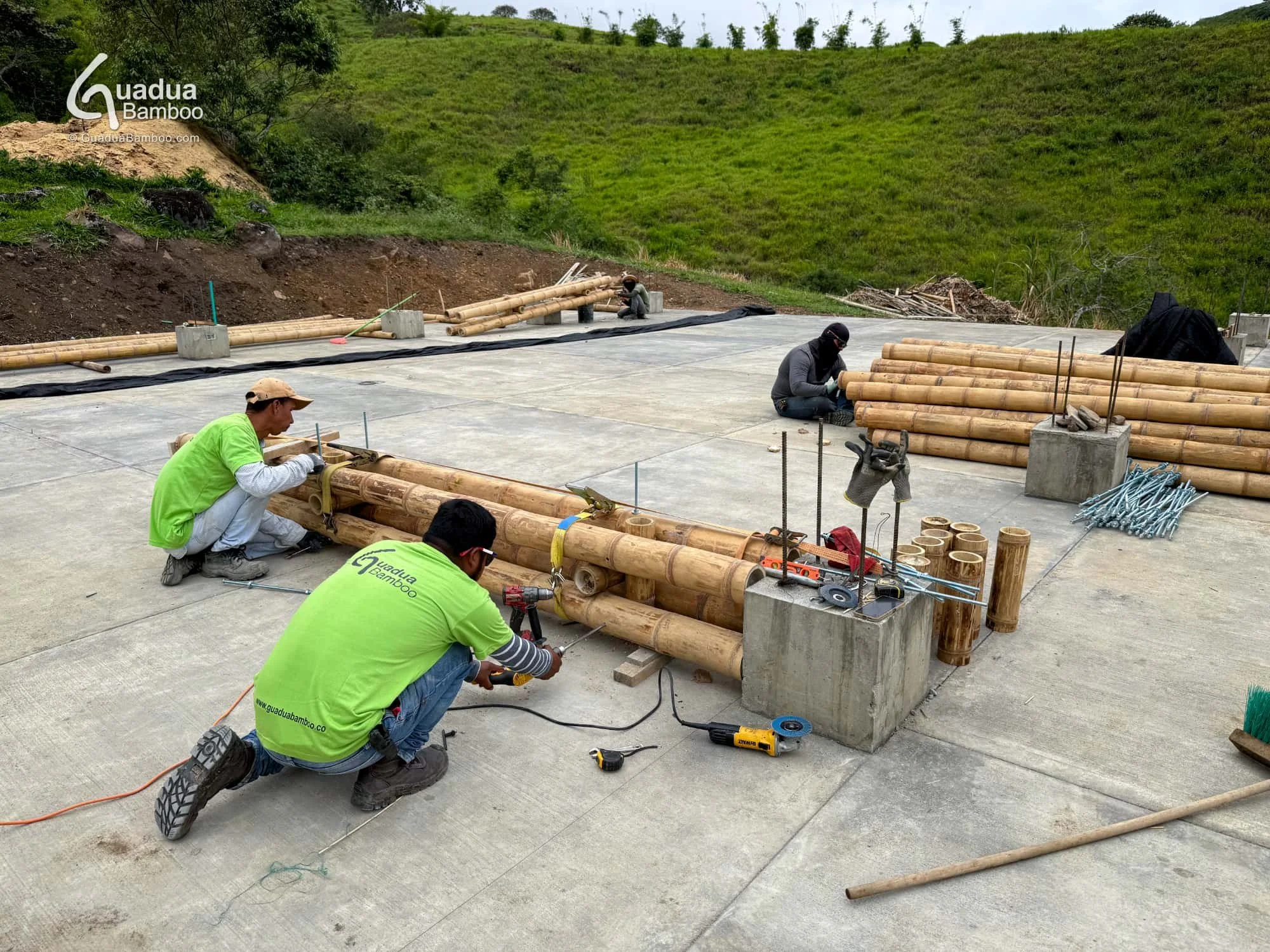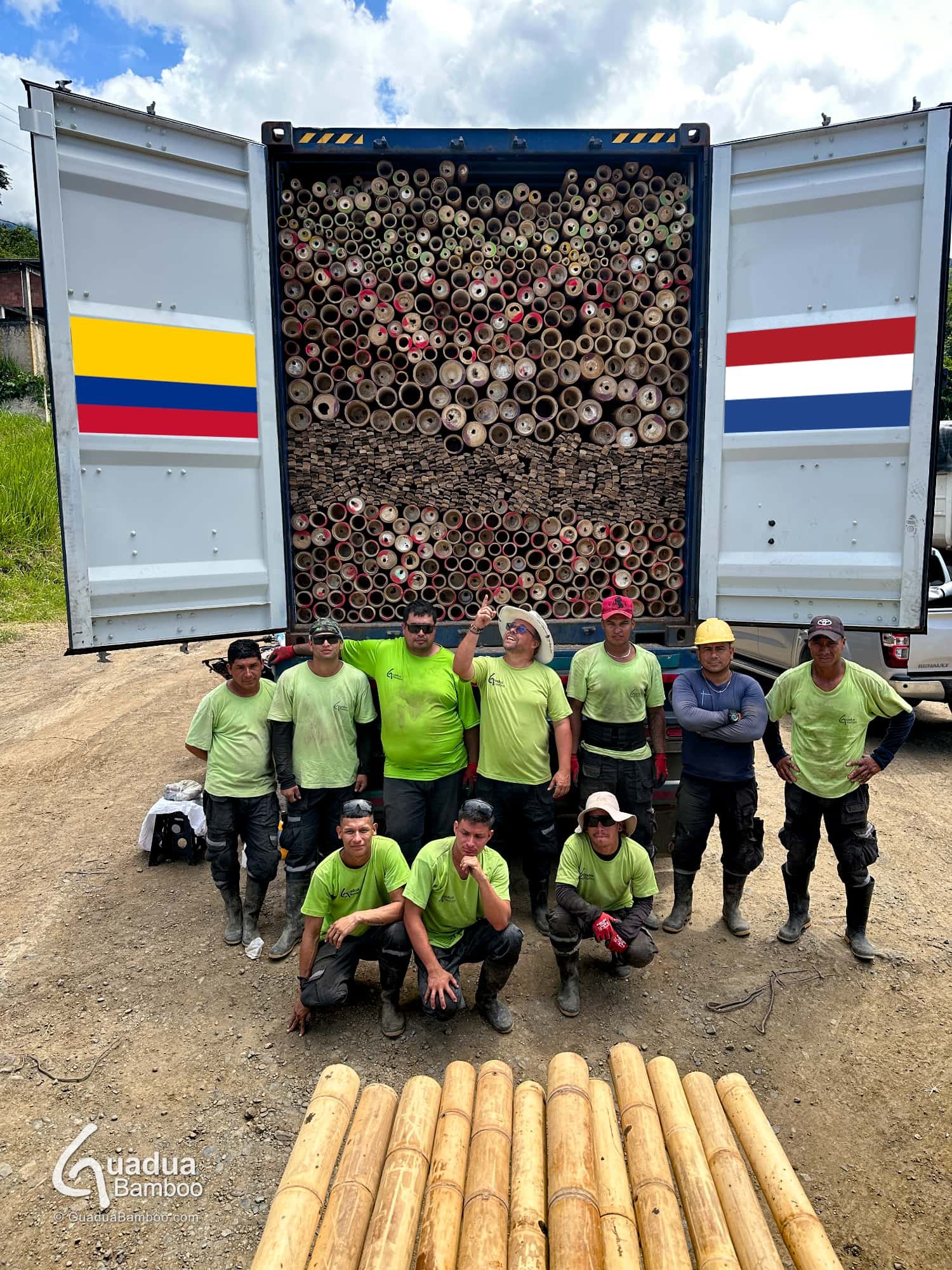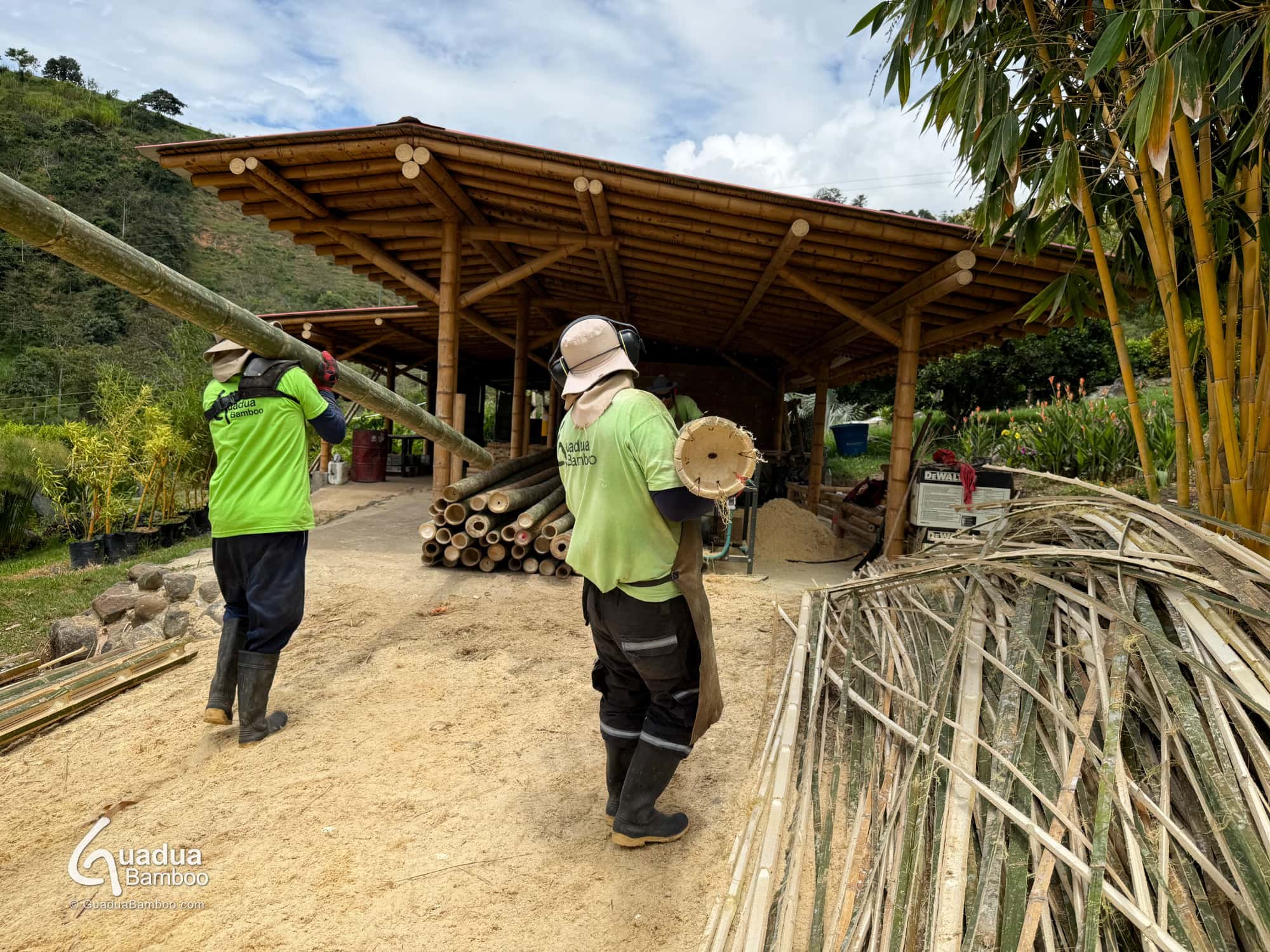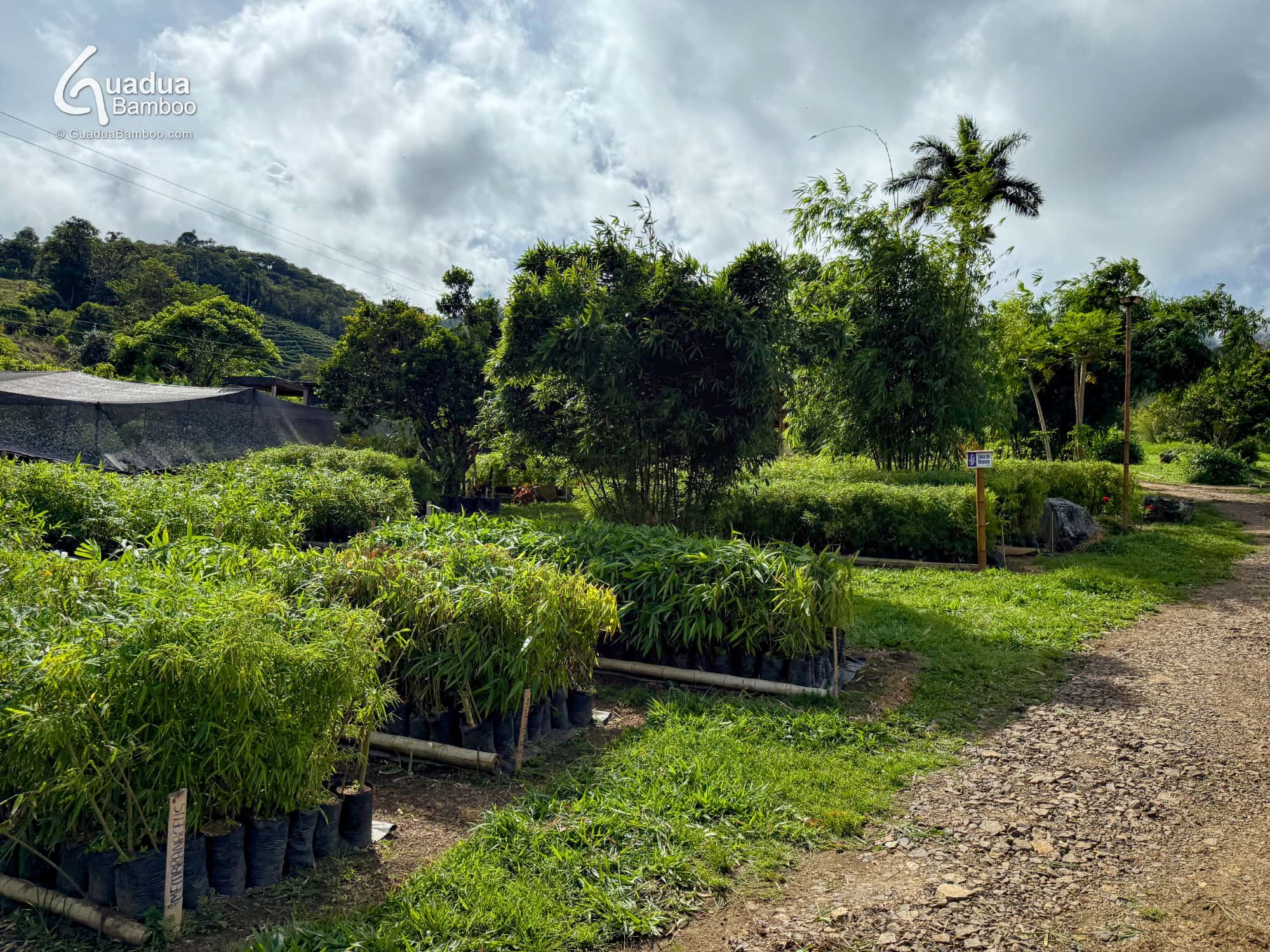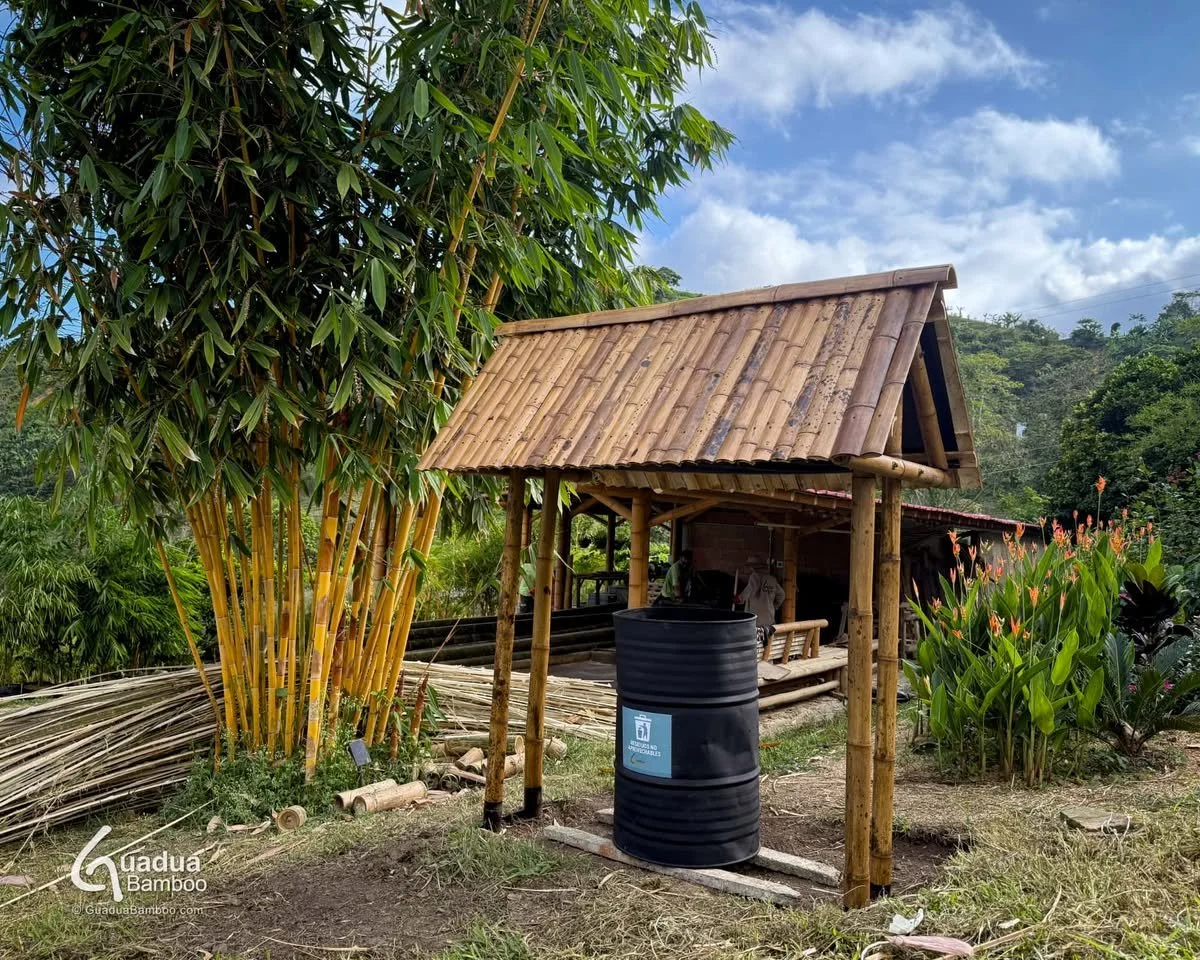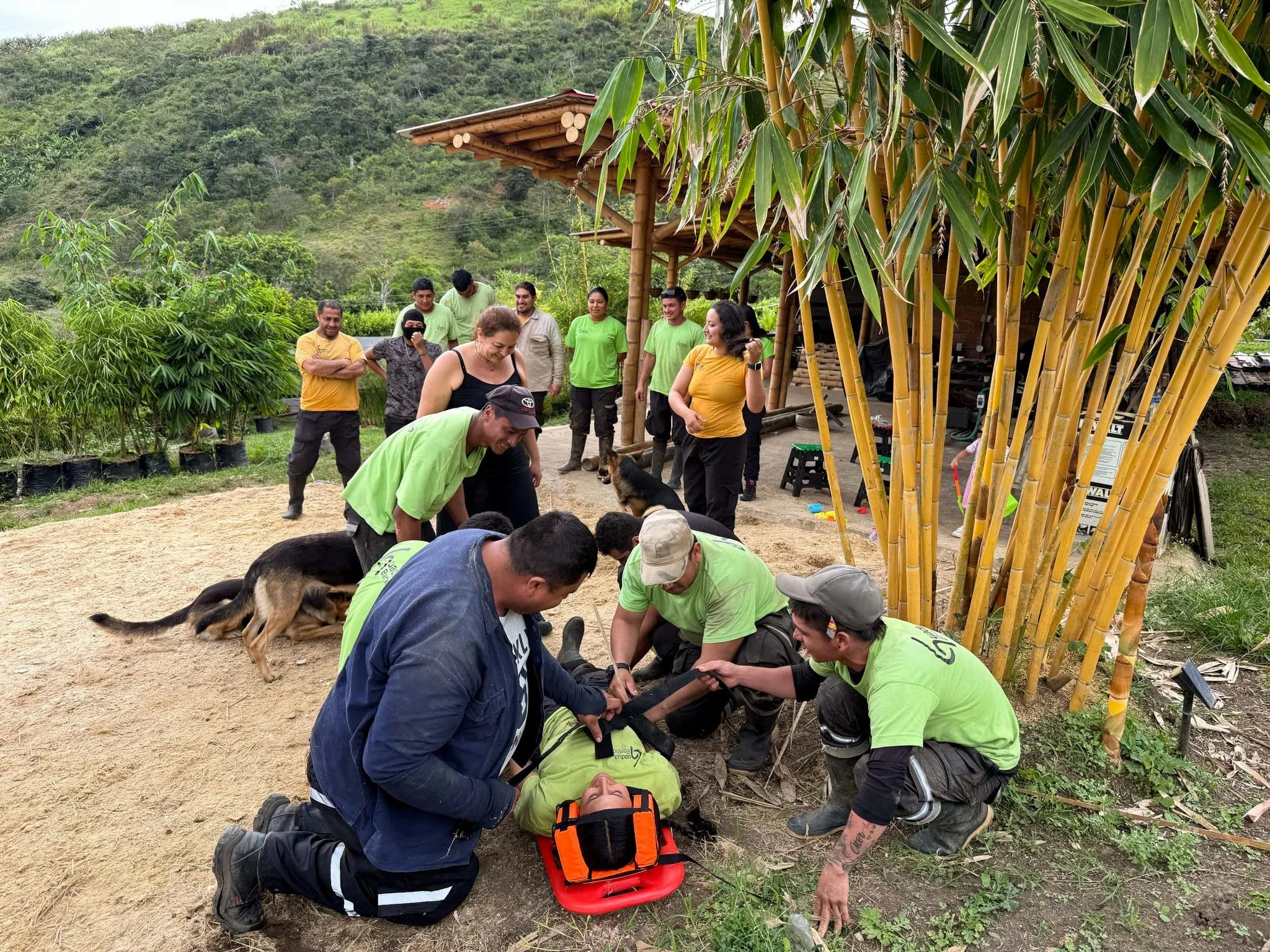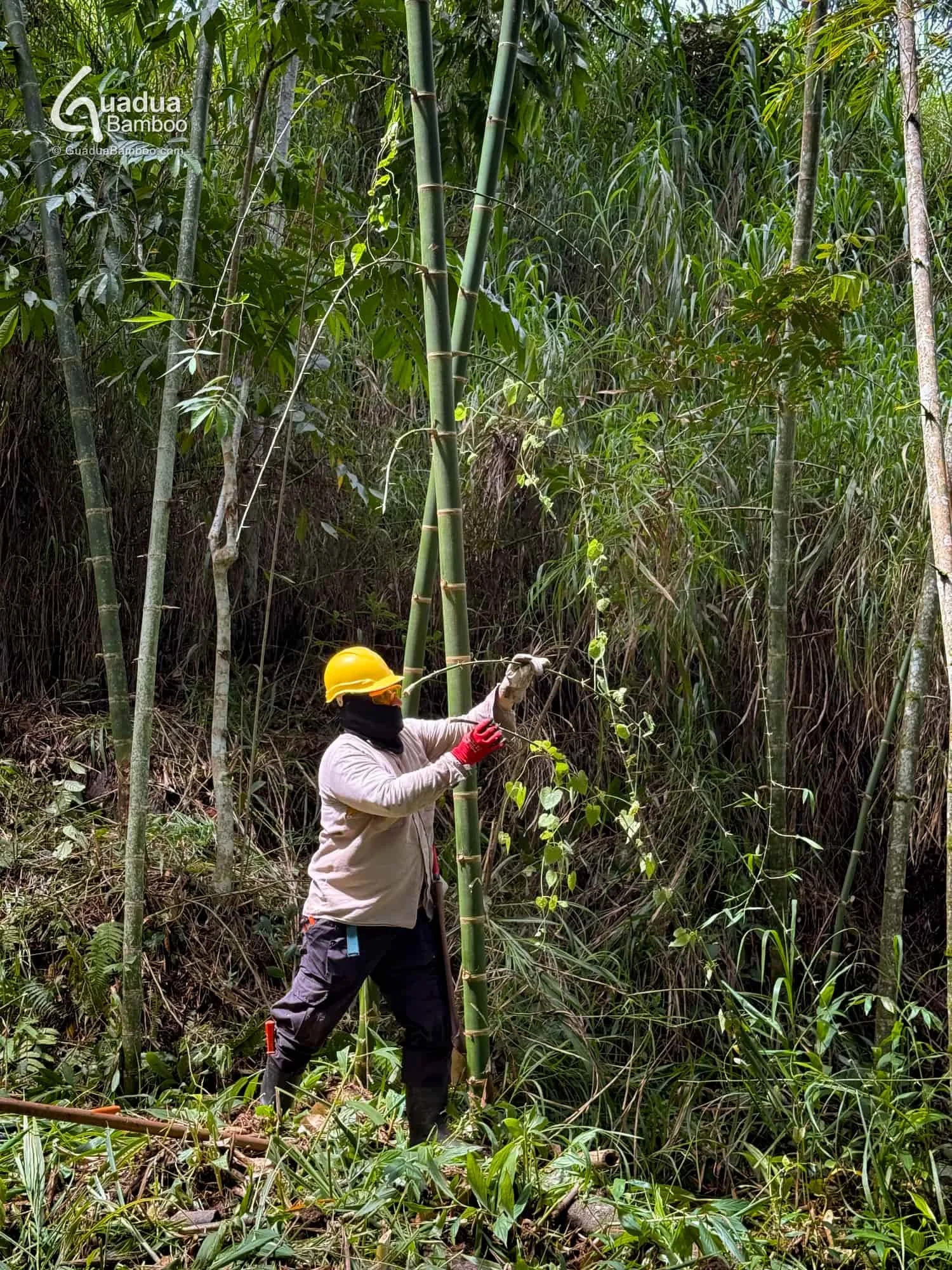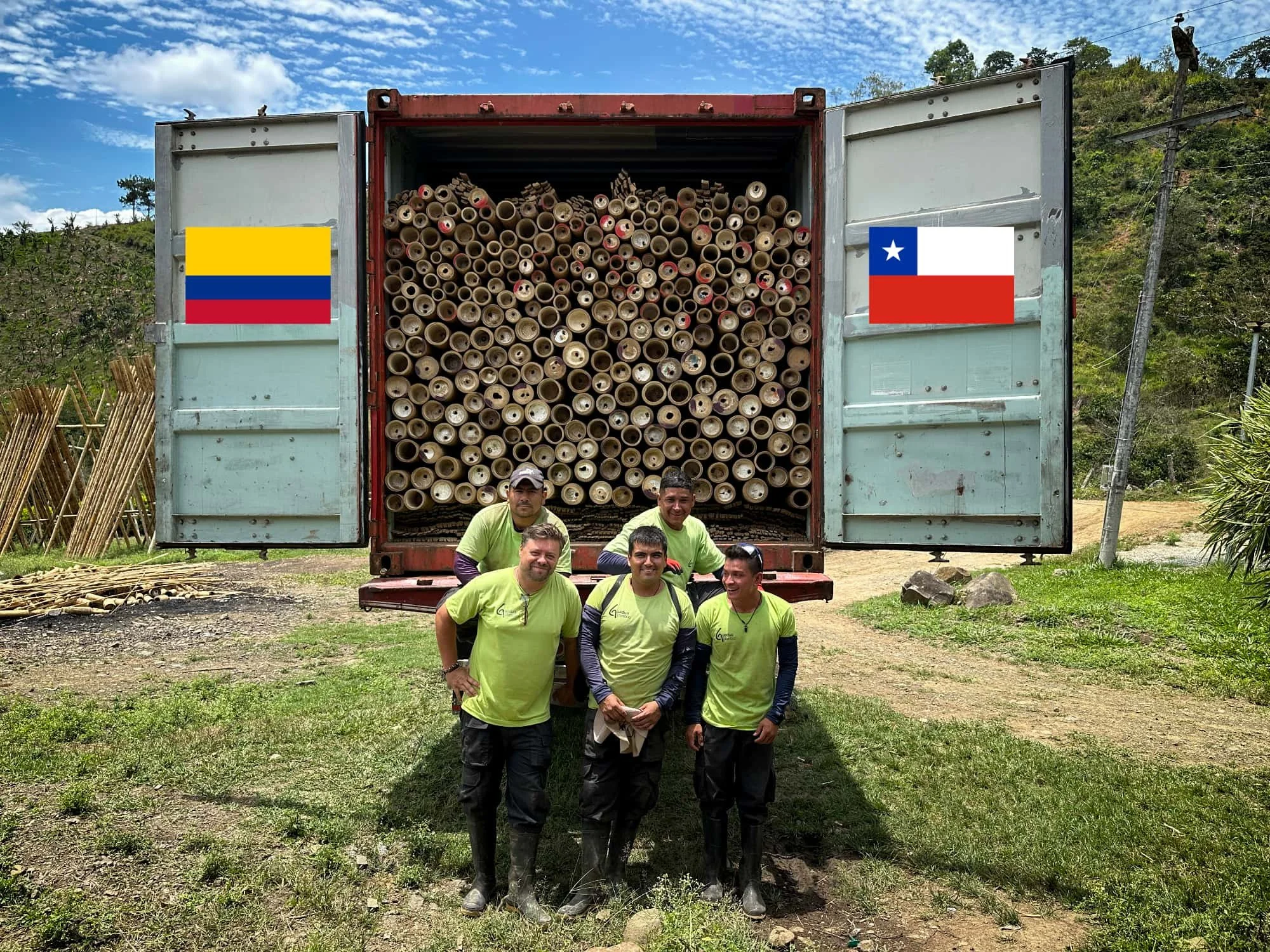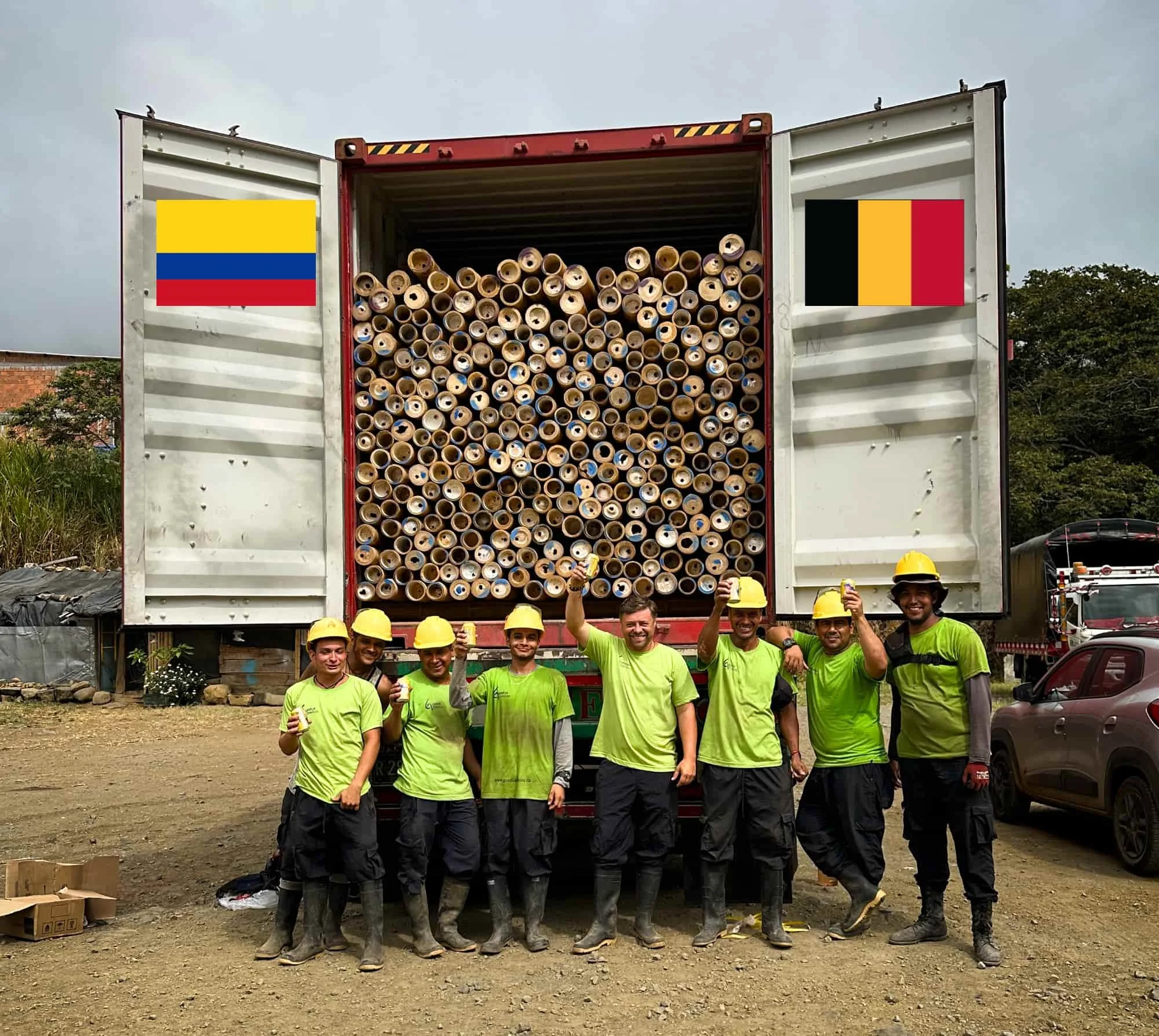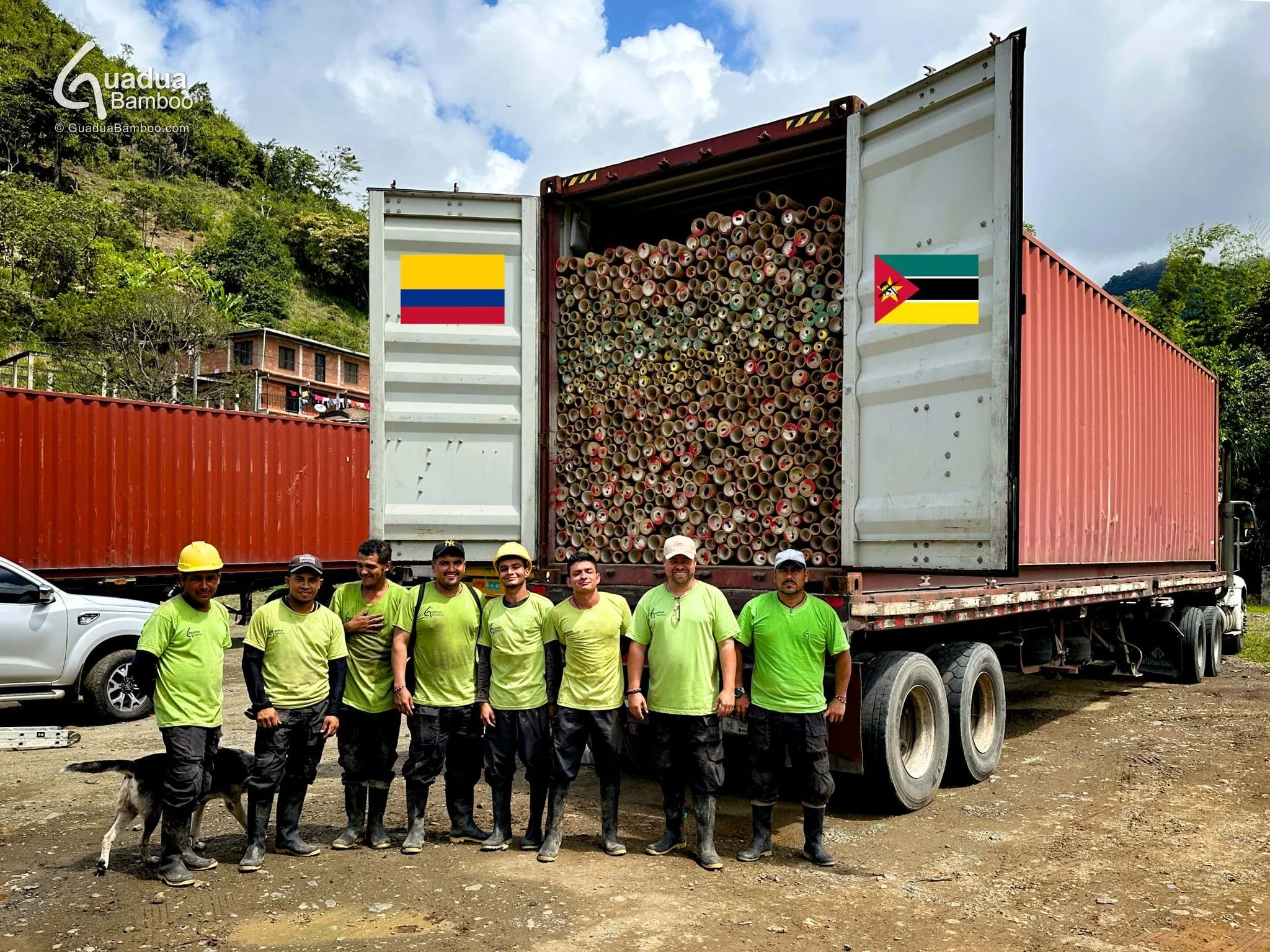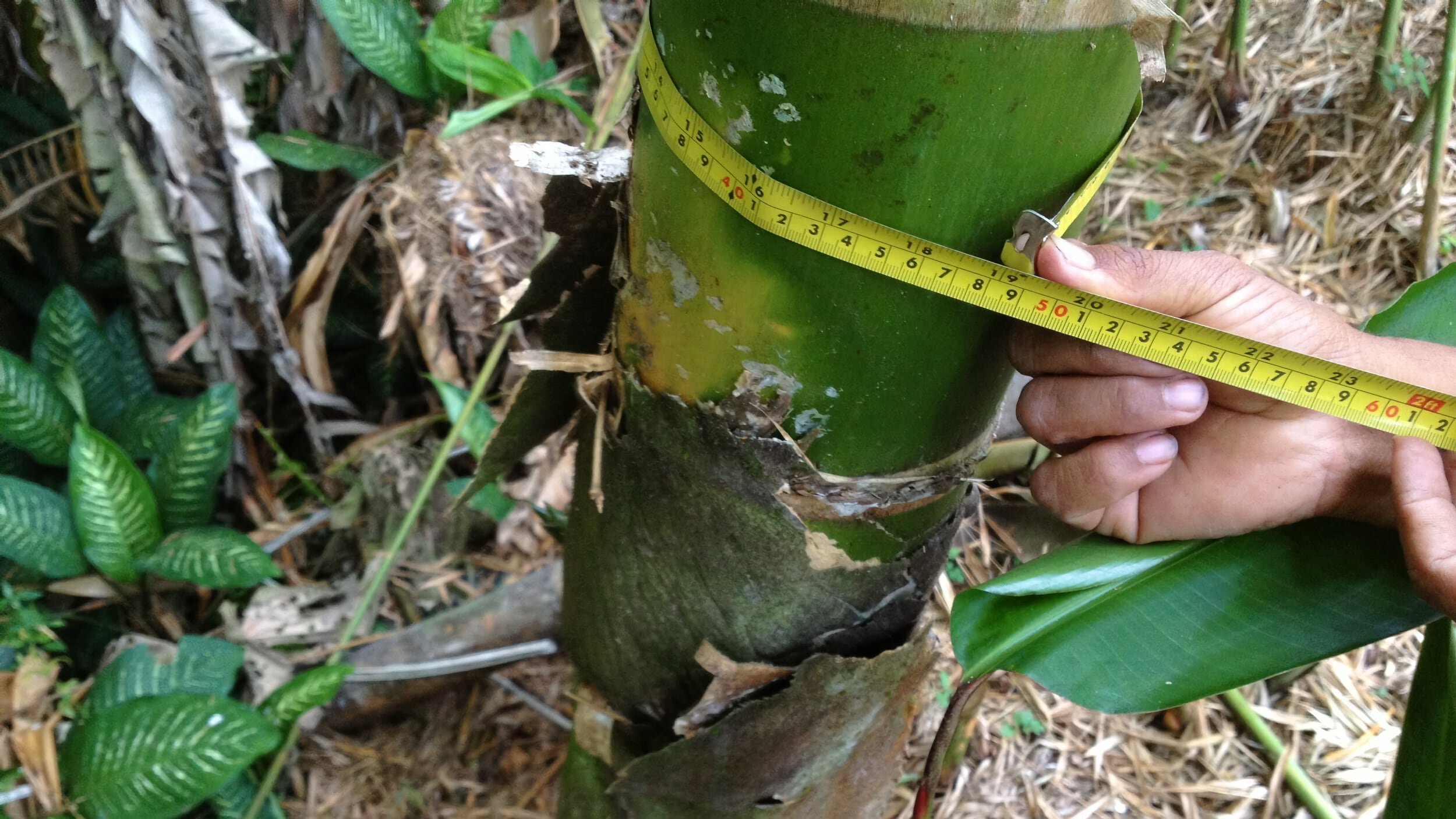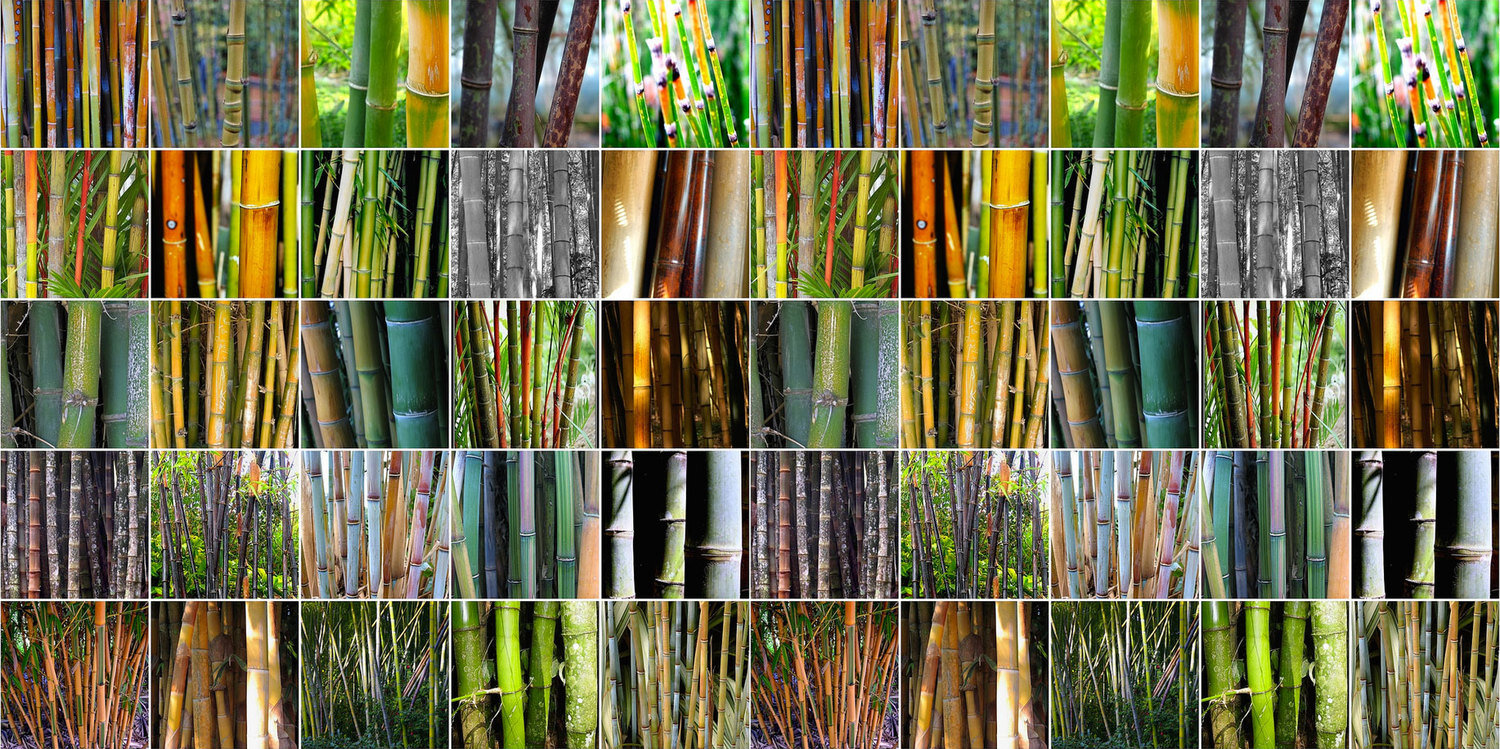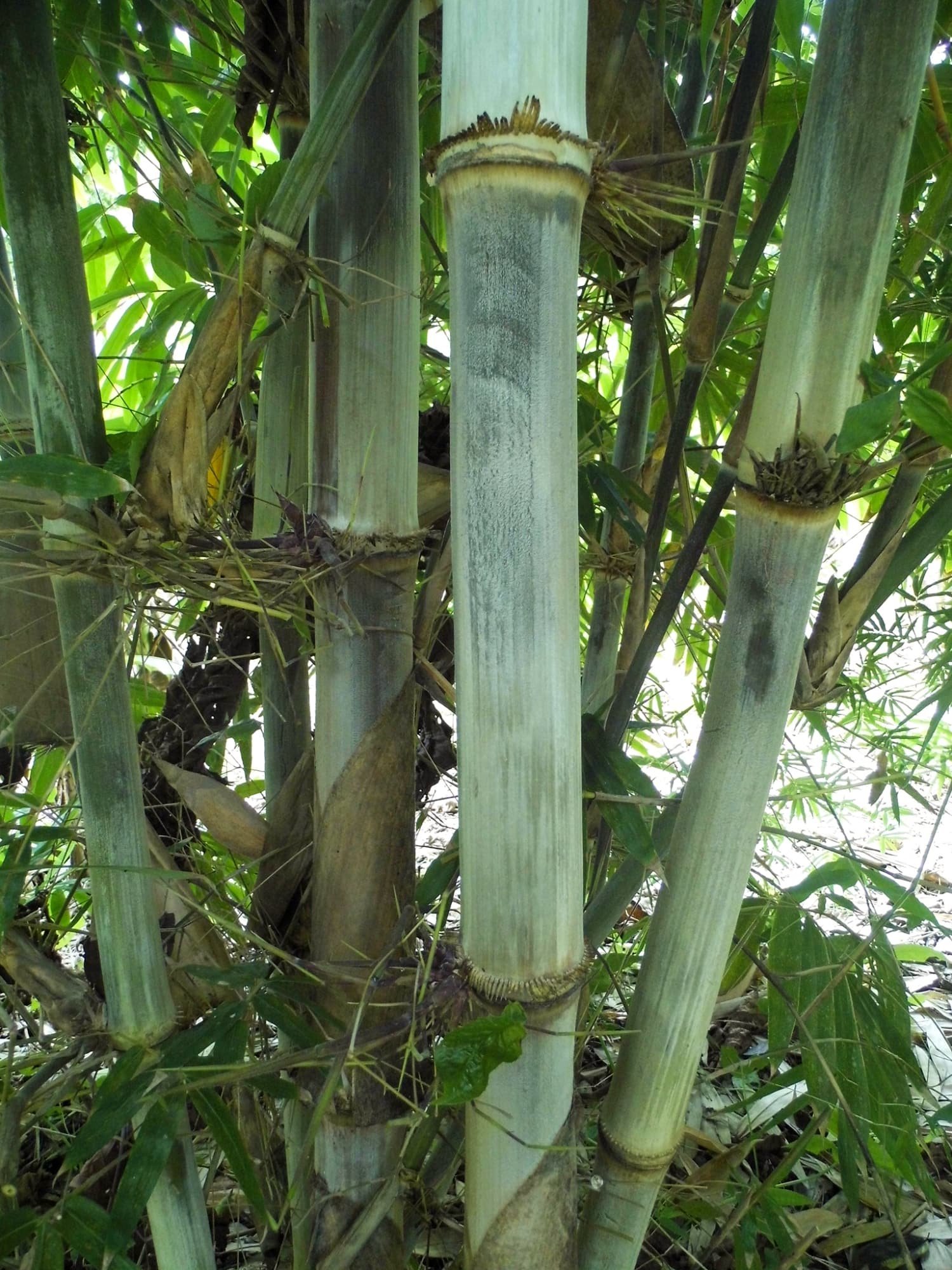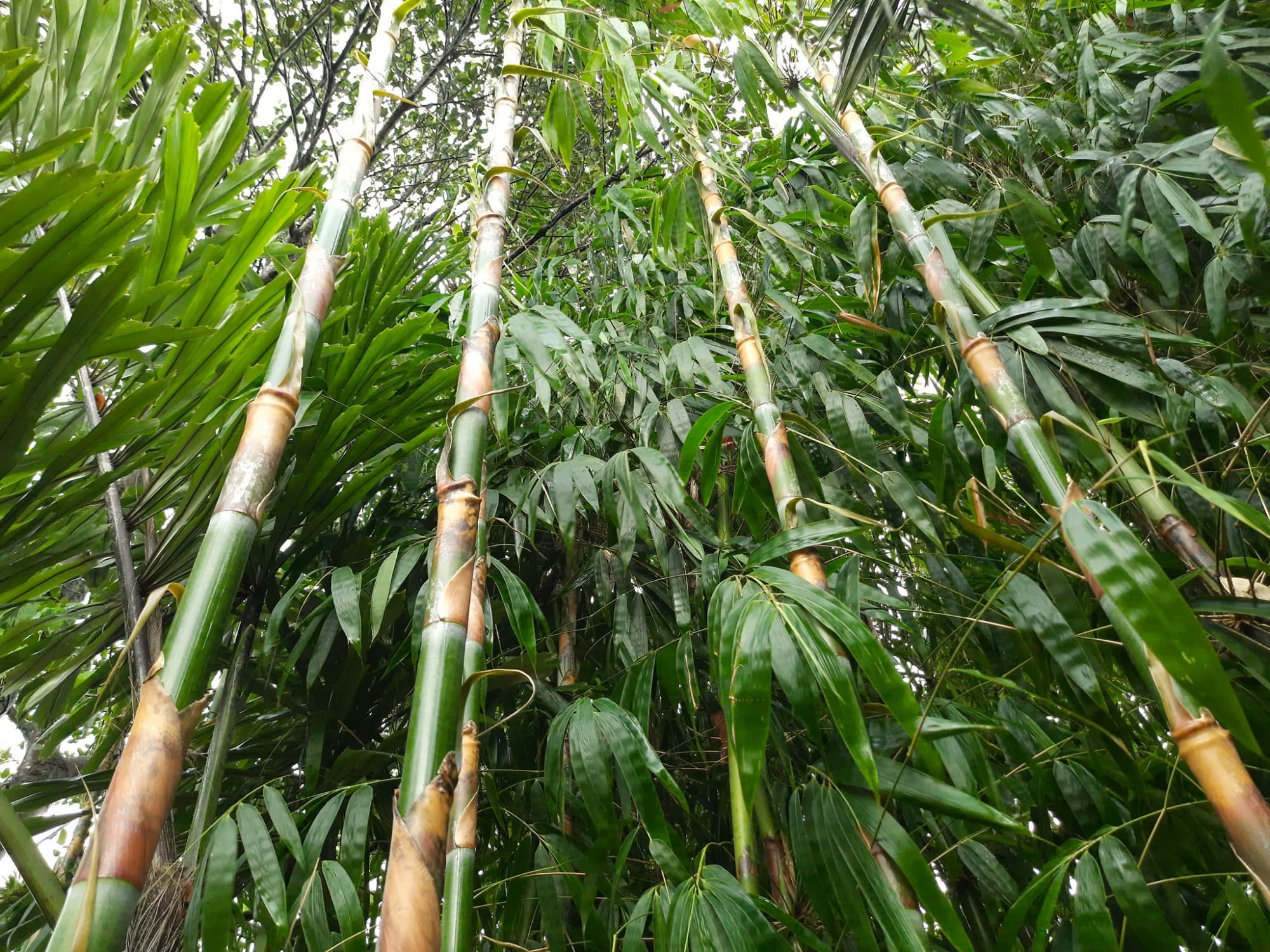Bamboo Prevents Soil Erosion and Restores Degraded Land
Bamboo is a great tool for soil protection due to its rapid growth, permanent canopy and huge network of roots and rhizomes. The root system that grows in the surface layer of the soil (20 - 60 cm deep), can reach up to 100 kilometers per hectare. Rhizomes can survive for more than a century, allowing the bamboo to regenerate even if the stems would be cut or destroyed in a fire or storm. Bamboo rhizomes are especially useful for binding topsoil and to prevent the erosion of slopes, riverbanks, degraded land, or to control areas that are frequently affected by landslides.
Bamboo leaves also play an important role in preventing the effects of rain as they help to disperse large raindrops into smaller particles. This contributes to the smooth distribution of groundwater throughout the forested area and thus greatly reducing the risk of runoff and erosion on slopes or hillsides.
Bamboo provides the soil with a lot of organic matter. Its large number of dry leaves, branches and stems help nutrient circulation, thereby maintaining the fertility of the soil in its physical and chemical aspects. In Colombia, studies revealed that planting Guadua bamboo in degraded soil improved soil quality and reduced soil compaction by more than half. The soil became more porous with better infiltration and a lower bulk density. As a result, ecological functions such as water regulation and nutrient recycling were restored.
Because bamboo can grow on marginal land, it can also be used to help restore areas that have degraded soil due to industrial use or mining. One of the amazing properties of bamboo is its ability to absorb and filter excess nutrients and fertilizers from pig / chicken pens, septic tanks, sugarcane fields, etc.

Guadua Bamboo SAS

